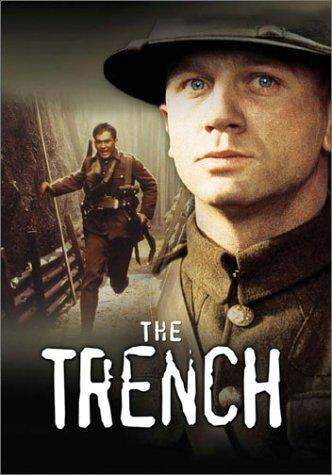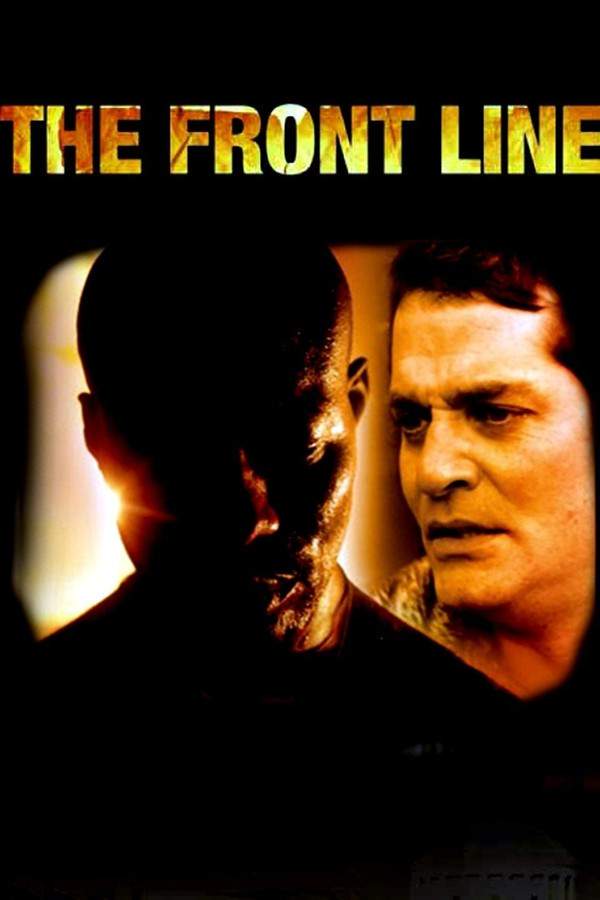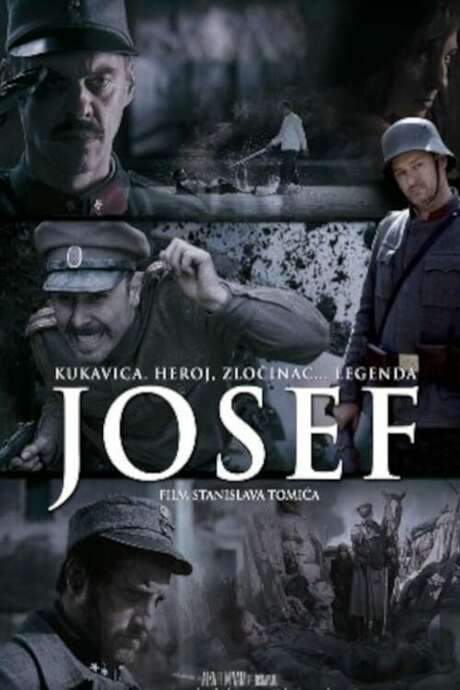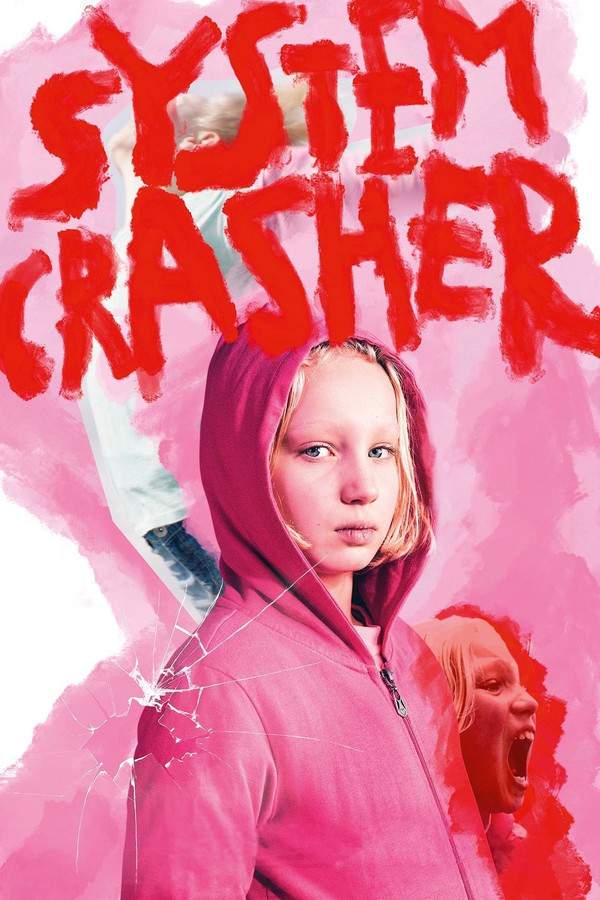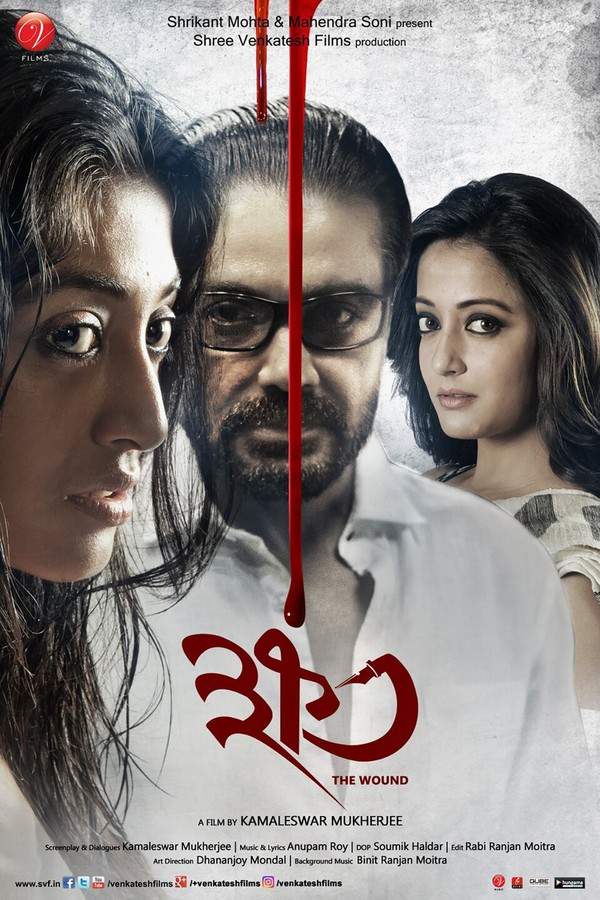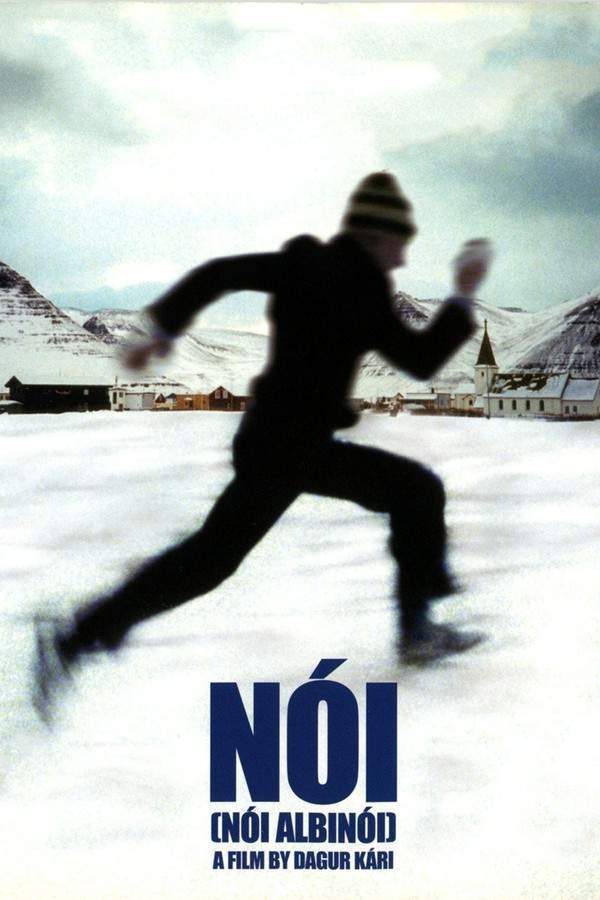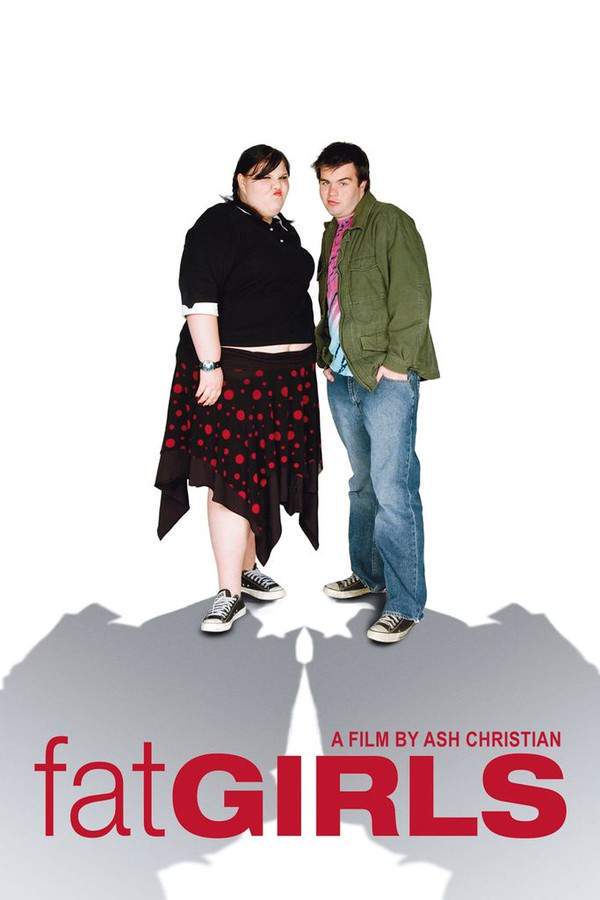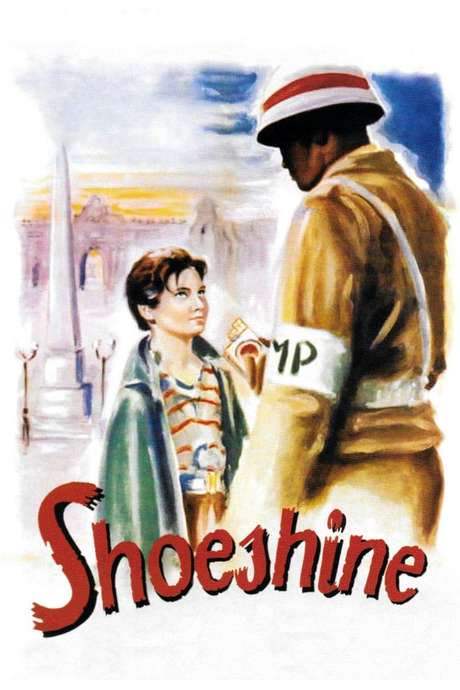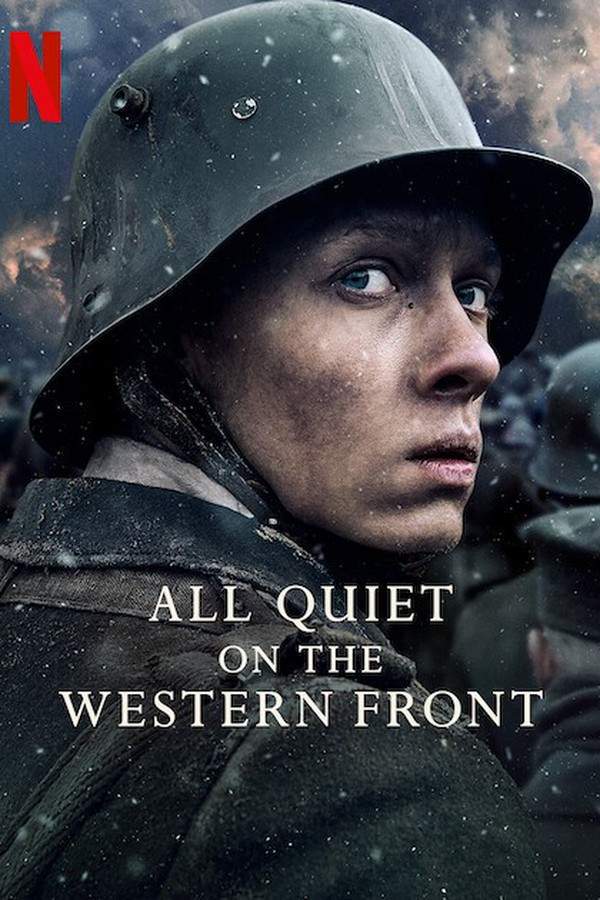
All Quiet on the Western Front
Following the experiences of young German soldiers during World War I, this gripping drama portrays the devastating impact of war on idealism and hope. Through the eyes of Paul and his comrades, the film depicts the brutal realities of life in the trenches, as their initial enthusiasm transforms into despair and terror amidst the unrelenting chaos. Based on Erich Maria Remarque’s acclaimed novel, it offers a poignant and unflinching look at the horrors of the conflict.
Warning: spoilers below!
Haven’t seen All Quiet on the Western Front yet? This summary contains major spoilers. Bookmark the page, watch the movie, and come back for the full breakdown. If you're ready, scroll on and relive the story!
All Quiet on the Western Front (2022) – Full Plot Summary & Ending Explained
Read the complete plot breakdown of All Quiet on the Western Front (2022), including all key story events, major twists, and the ending explained in detail. Discover what really happened—and what it all means.
In the year 1917, amidst the turmoil of World War I, 17-year-old Paul Bäumer, portrayed by Felix Kammerer, eagerly joins the Imperial German Army along with his close friends: Albert Kropp (Aaron Hilmer), Franz Müller (Moritz Klaus), and Ludwig Behm (Adrian Grünewald). Motivated by a stirring patriotic speech from a school official, they unknowingly don the uniforms of fallen soldiers from a previous battle. After their deployment in Northern France, near La Malmaison, they become acquainted with Stanislaus “Kat” Katczinsky, an older and experienced soldier, played by Albrecht Schuch. However, their romanticized image of war is brutally dismantled by the grim realities of trench warfare on the Western Front, leading to Ludwig’s tragic death during their first night from artillery fire.
Fast forward to November 7, 1918: Matthias Erzberger, represented by Daniel Brühl, seeks to convince the German High Command to initiate armistice discussions with the Allied powers, weary of the incessant losses. During this critical time, Paul and Kat engage in a daring act of stealing a goose from a nearby farm to provide a feast for Albert, Franz, and their companion, Tjaden Stackfleet (Edin Hasanovic), who has become a steadfast friend. A poignant moment occurs when Kat, who struggles with illiteracy, asks Paul to read him a letter from his wife, revealing his fears about returning to a normal life after the war. Simultaneously, Franz spends an evening with a French woman, emerging with a scarf as a keepsake.
On November 9, Erzberger and the German delegation set off on a train towards the Forest of Compiègne to negotiate a ceasefire. Meanwhile, Paul and his friends embark on a grim mission to locate 60 missing recruits sent to bolster their unit, only to discover that they succumbed to gas after removing their masks prematurely. As tensions rise, General Friedrichs orders an offensive before Allied reinforcements can arrive, and that very night, Erzberger’s team reaches their destination in the heart of the forest, while Paul’s regiment prepares for an impending attack.
The following day, on November 10, Supreme Allied Commander Ferdinand Foch presents the Germans with 72 hours to accept the non-negotiable terms to cease hostilities. Although the German forces manage to momentarily breach the French front line through fierce combat, they are soon repelled by a counterattack employing Saint-Chamond tanks, leading to chaos and devastation. Franz becomes separated from his comrades, and in a harrowing turn of events, Albert is killed while attempting to surrender, engulfed in flames from a flamethrower. Trapped in a crater alongside a dying French soldier, Paul is haunted by remorse as he stabs him, desperately seeking forgiveness from the lifeless body.
As Erzberger receives news of Kaiser Wilhelm II’s abdication, he is commanded by Field Marshal Paul von Hindenburg to accept the conditions laid out by the Allies. Paul returns to his unit, witnessing the soldiers celebrate the anticipated end of the war. He finds a gravely injured Tjaden, who offers him Franz’s scarf, an ominous indication of Franz’s demise. In a poignant act of despair, knowing he faces amputation, Tjaden ultimately takes his own life using the fork that Paul and Kat had brought to him.
On the climactic November 11, the armistice is signed, to take effect at 11:00 AM. Upon learning of this momentous event, Paul and Kat dare to steal from a farm one last time, but tragedy strikes when Kat is shot by the vengeful son of the farmer and succumbs before reaching medical help. General Friedrichs, intent on ensuring at least a semblance of victory, orders an attack set to commence at 10:45 AM. In a desperate frenzy, Paul combats fiercely against the French soldiers until he is ultimately bayoneted from behind, merely seconds before the clock strikes 11:00 AM. As he stumbles out of the trenches, the revelry of peace surrounds him, but he dies from his wounds in the midst of the end of conflict.
Moments later, a new recruit, saved by Paul earlier in the battle, discovers Paul’s lifeless, mud-covered body and picks up Franz’s scarf, but fails to retrieve the dog tag that marks the identities of the deceased. Consequently, Paul’s death tragically goes unrecorded, a somber testament to the devastating effects of war.
Last Updated: November 16, 2024 at 16:09
Ending Explained – What Happens at the End of All Quiet on the Western Front?
Still wondering what the ending of All Quiet on the Western Front (2022) really means? Here’s a spoiler-heavy breakdown of the final scene, major twists, and the deeper themes that shape the film’s conclusion.
At the end of All Quiet on the Western Front, Paul Baumer’s journey of disillusionment reaches its heartbreaking conclusion. Throughout the film, we see how he transforms from an idealistic young soldier eager to serve his country into a witness to the brutal realities and meaningless destruction of war. After surviving countless horrors, Paul is finally caught in the chaos of the final attacks, which are driven more by pride and the desire to keep fighting than any real purpose. Despite the armistice having been signed—marking a ceasefire—the German commanders refuse to accept surrender, lying to their soldiers by continuing to command assaults. During a last, futile battle, Paul is shot and killed, symbolizing the tragic loss of innocence and the cruel futility of war. His death epitomizes the idea that, in war, there are no true winners—only victims.
As the story closes, the other soldiers grieve their fallen comrades, and Katczinsky, who survived longer than most, ultimately dies after being shot as well. The surviving soldiers are left to grapple with the hollow victory of survival, having lost their friends, their innocence, and their sense of purpose. The film’s haunting title, All Quiet on the Western Front, is deeply ironic; it suggests a peaceful silence, but in truth, it encapsulates the devastating silence that follows the chaos—the death, despair, and broken lives left behind. The ending underscores the tragic reality that the patriotic illusions fed to young soldiers are illusions, and that the true cost of war is measured in lives lost and innocence shattered. Ultimately, Paul’s death and the overall tragedy serve as a stark reminder of the brutality and futility of war, leaving viewers with a somber reflection on the senseless suffering inflicted by those in power.
Last Updated: June 25, 2025 at 08:58
Explore Movie Threads
Discover curated groups of movies connected by mood, themes, and story style. Browse collections built around emotion, atmosphere, and narrative focus to easily find films that match what you feel like watching right now.
Grim War Dramas Like All Quiet on the Western Front
Stories that strip away glory to reveal the devastating human cost of conflict.If you were affected by the raw portrayal of conflict in All Quiet on the Western Front, explore these similar movies. This selection features intense, heavy dramas that depict the grim reality and futility of war, focusing on survival, trauma, and the erosion of innocence.
Narrative Summary
Narratives in this thread typically follow ordinary individuals—often young and idealistic—thrust into the machinery of war. The arc is one of deconstruction, where initial beliefs are systematically dismantled by relentless brutality, leading to despair, trauma, or death, emphasizing the impersonal and cyclical nature of large-scale conflict.
Why These Movies?
These films are grouped by their shared commitment to a bleak, uncompromising tone, high emotional intensity, and a sober focus on the devastating human experience of war. They prioritize emotional impact and thematic weight over conventional plot resolutions.
Movies About Lost Innocence Like All Quiet on the Western Front
Journeys where hope is crushed by harsh reality, leaving only the burden of survival.For viewers who appreciated the theme of shattered idealism in All Quiet on the Western Front, this list offers movies with similar heavy narratives. Discover stories focused on the traumatic loss of innocence and the heavy psychological toll of survival against overwhelming odds.
Narrative Summary
The narrative pattern involves a stark before-and-after contrast. We meet characters with hope and naivety, which are then systematically destroyed by an oppressive system or event—be it war, crime, or dystopia. The story charts their psychological deformation as they adapt to survive, often ending with them permanently scarred or hollowed out.
Why These Movies?
These films are united by their exploration of a specific character arc: the tragic erosion of idealism. They share a heavy emotional weight, a bleak or bittersweet tone, and a focus on the internal, psychological cost of enduring extreme circumstances.
Unlock the Full Story of All Quiet on the Western Front
Don't stop at just watching — explore All Quiet on the Western Front in full detail. From the complete plot summary and scene-by-scene timeline to character breakdowns, thematic analysis, and a deep dive into the ending — every page helps you truly understand what All Quiet on the Western Front is all about. Plus, discover what's next after the movie.
All Quiet on the Western Front Timeline
Track the full timeline of All Quiet on the Western Front with every major event arranged chronologically. Perfect for decoding non-linear storytelling, flashbacks, or parallel narratives with a clear scene-by-scene breakdown.

Characters, Settings & Themes in All Quiet on the Western Front
Discover the characters, locations, and core themes that shape All Quiet on the Western Front. Get insights into symbolic elements, setting significance, and deeper narrative meaning — ideal for thematic analysis and movie breakdowns.

All Quiet on the Western Front Ending Explained
What really happened at the end of All Quiet on the Western Front? This detailed ending explained page breaks down final scenes, hidden clues, and alternate interpretations with expert analysis and viewer theories.

All Quiet on the Western Front Spoiler-Free Summary
Get a quick, spoiler-free overview of All Quiet on the Western Front that covers the main plot points and key details without revealing any major twists or spoilers. Perfect for those who want to know what to expect before diving in.

More About All Quiet on the Western Front
Visit What's After the Movie to explore more about All Quiet on the Western Front: box office results, cast and crew info, production details, post-credit scenes, and external links — all in one place for movie fans and researchers.


